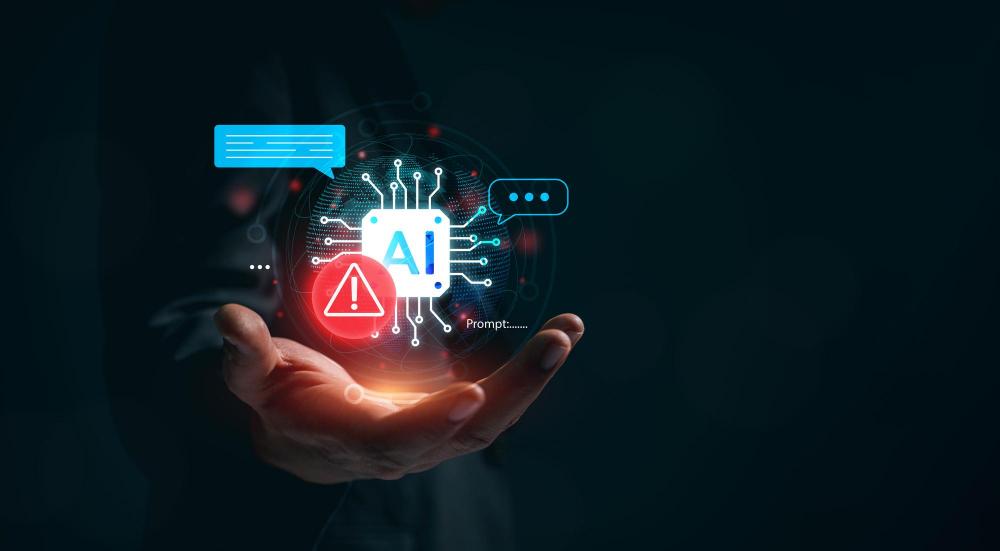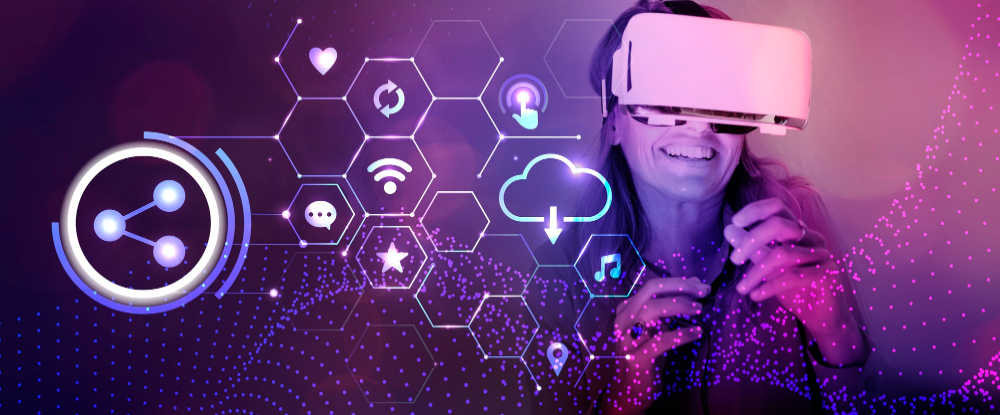- Blog
- October 13, 2025
AI-driven continuous threat exposure countermeasures (CTEM)

- Blog
- October 13, 2025
AI-driven continuous threat exposure countermeasures (CTEM)
The cybersecurity battlefield has evolved. Attacks today are faster, more intelligent, and harder to predict than ever before. Ransomware can cripple global operations in minutes, and AI-generated phishing emails can deceive even the most cautious professionals. In this environment, performing periodic security audits or quarterly vulnerability scans simply isn’t enough.
Organizations now need real-time awareness of their exposure to emerging threats—this is where Continuous Threat Exposure Management (CTEM) comes in. And when powered by Artificial Intelligence (AI), CTEM becomes a living, adaptive defense mechanism that not only detects risks but also anticipates and neutralizes them before they cause harm.
What is continuous threat exposure management (CTEM)?
Continuous Threat Exposure Management is more than just another cybersecurity framework—it’s a strategic approach that keeps an organization’s defenses aligned with a constantly changing threat landscape. Instead of waiting for breaches or reacting to alerts, CTEM operates continuously, identifying weaknesses as they appear and prioritizing which ones matter most.
A well-implemented CTEM strategy works in a cycle of five stages:
- Scoping: Determining which assets, systems, and applications are most critical to the business.
- Discovery: Continuously scanning for vulnerabilities, misconfigurations, and potential attack paths.
- Validation: Simulating real-world attacks to see which vulnerabilities can actually be exploited.
- Prioritization: Ranking exposures based on potential business impact and likelihood.
- Mobilization: Coordinating remediation efforts across security and IT teams.
Unlike traditional vulnerability management, CTEM is continuous, data-driven, and business-aware. It doesn’t just tell you what’s wrong—it helps you decide what to fix first and why it matters.
How AI is transforming CTEM?
AI takes CTEM from a reactive model to a predictive and self-learning system. Machine learning algorithms continuously process massive amounts of telemetry data—from user behaviors and network traffic to global threat intelligence—to detect patterns and anomalies invisible to human analysts.
Here’s how AI makes CTEM smarter and faster:
- Real-time detection:AI can instantly flag unusual patterns, such as unauthorized access attempts or irregular data transfers, helping teams respond before damage occurs.
- Smarter prioritization:By analyzing exploitability and business value, AI helps focus attention on high-impact vulnerabilities instead of flooding teams with low-priority alerts.
- Predictive defense:Machine learning models can anticipate likely attack routes and recommend preventive actions.
- Adaptive learning:Each incident helps the AI learn and improve its decision-making, refining the overall threat response strategy over time.
Essentially, AI empowers organizations to stay ahead of attackers—not just respond to them.
Business benefits of AI-driven CTEM
Adopting an AI-driven CTEM framework delivers significant business advantages that go beyond cybersecurity itself.
- Continuous visibility You gain an always-on, holistic view of your organization’s risk profile across cloud, on-premise, and hybrid environments.
- Accelerated response Automated analysis reduces investigation times and accelerates patch management, keeping systems resilient.
- Operational efficiency
By reducing redundant manual efforts and false positives, teams can focus on strategic priorities. - Cost optimization Early detection prevents expensive breaches and compliance penalties, improving return on security investments.
- Regulatory readiness Continuous monitoring ensures smoother compliance with global standards like GDPR, ISO 27001, and NIST frameworks.
For modern enterprises, AI-driven CTEM isn’t just about preventing attacks—it’s about building trust, resilience, and long-term competitiveness.
Challenges in adopting AI-powered CTEM
Despite its promise, implementing AI-driven CTEM presents a few challenges that organizations need to plan for carefully:
- Data privacy concerns AI models depend on large volumes of security data, which must be collected and processed responsibly to comply with privacy regulations.
- Bias and accuracy risks Algorithms trained on biased or incomplete data may miss certain types of threats. Human oversight remains essential to validate AI-driven insights.
- Integration complexity Combining CTEM with existing SOC tools and legacy systems often requires reengineering data pipelines and APIs.
- Skill gaps Teams need hybrid expertise—cybersecurity knowledge plus AI literacy—to effectively manage and interpret automated insights.
By addressing these factors early, organizations can strike the right balance between automation and human expertise, ensuring the system remains accurate, ethical, and transparent.
The future: Autonomous cyber defense
As AI capabilities continue to mature, Continuous Threat Exposure Management is set to evolve into a new era of autonomous cyber defense—systems that not only detect and prioritize threats but also take proactive action to remediate them automatically. Future-ready infrastructures will be capable of self-healing, isolating compromised resources, and restoring normal operations with minimal human intervention.
Generative AI will play a critical role in this transformation by simulating attack scenarios, creating dynamic training environments, and helping organizations test their defenses against realistic threats before they occur. Meanwhile, adaptive threat intelligence will ensure that AI models continuously learn from global threat data, refining their ability to predict and counter emerging attack patterns in real time.
Enterprises that begin adopting these innovations today will be better positioned for a future where cybersecurity is not merely reactive but proactive, intelligent, and self-sustaining—a future in which AI doesn’t just defend the network but strengthens it with every new challenge.
Moving from reactive to predictive defense
The days of reacting to threats after they occur are over. AI-driven Continuous Threat Exposure Management marks a decisive shift toward a proactive, predictive defense strategy—one that continuously monitors, learns, and adapts to new challenges.
For business leaders and cybersecurity teams, adopting CTEM isn’t just about technology—it’s about mindset. It means building a culture where continuous improvement, data-driven insights, and cross-functional collaboration drive security decisions.
By merging AI intelligence with human judgment, organizations can stay one step ahead—transforming cybersecurity from a reactive necessity into a strategic advantage.




